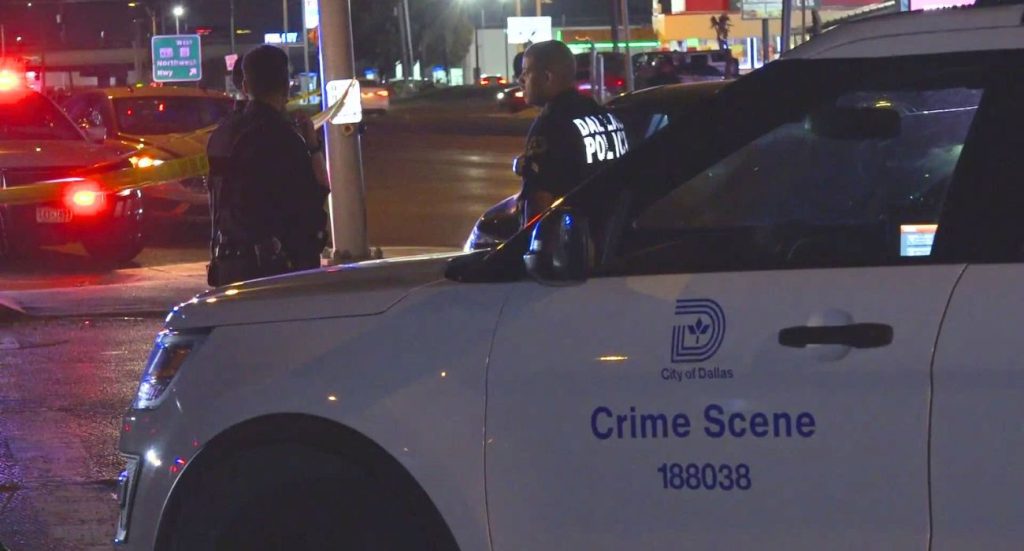The majority of people murdered in Dallas this year have been black or Hispanic men, continuing the pattern from last year.
Information from the city's victim demographics dashboard shows that out of the 68 criminal homicides recorded this year until May 2, 46 of the victims were black and 17 were Hispanic.
A total of 38 black males were murdered compared to eight black females. The median age of black male victims was 28 years old — the youngest being 16 and the oldest being 56 — the median age for black females was 32. The youngest black female murder victim was 17, and the oldest was 80.
Similar proportions were recorded for Hispanic murder victims. The median age of the 15 Hispanic males killed this year was 27 years old, with the youngest victim being 15 and the oldest 44. Two Hispanic women were murdered, and they were aged 27 and 31.
Taking into account the 10 cases of negligent manslaughter and five justifiable homicides, the number of Dallas minorities killed through violent or criminally negligent means reaches 61. In general, only four of these victims were white.
As covered previously by The Dallas Express, black and Hispanic people were the overwhelming majority of murder victims last year, numbering 134 and 81, respectively, out of a total of 246 murders within the city. Additionally, these demographics were the most frequent victims of other violent crimes, including aggravated assault and sexual assault.
Deputy Mayor Pro Tem Carolyn King Arnold described the recent increase in murders in District 4, which she represents, as a situation pitting “black men against black men” at a community meeting addressing public safety.
“That’s tragic,” she said, as reported by The Dallas Express.
The measures discussed by Arnold and other participants, such as Dallas ISD Trustee Maxie Johnson and local Dallas police commanders, focused on the need to engage the community in efforts to reduce violent crime. From adults serving as positive role models for children to community members reporting problems to the police, a proactive and multi-actor approach was recommended.
“If we hear gunshots at night, we hear folks out making doughnuts … You got 15 other people on that block that hear it. This has to be a ‘we’ thing now,” Arnold said.
Community-based initiatives to reduce crime have been a crucial part of DPD’s plan to reduce violent crime. Although there has been some success, crime rates remain high citywide — largely due to a long-standing shortage of officers.
A City analysis previously recommended a police force of about 4,000 to adequately address public safety needs and maintain low police response times, but DPD currently only has around 3,000 officers. Another resource issue likely hindering police efforts is the $654 million budget allocated to DPD this fiscal year by city leaders. This represents considerably less spending on policing in Dallas compared to other high-crime areas, including New York City, Los Angeles, and Chicago.
When compared to Fort Worth’s city center, which is patrolled by a specialized neighborhood police unit and private security guards, Downtown Dallas persistently experiences higher crime rates. An analysis of crime data for March by the Metroplex Civic & Business Association found that eight times more crimes were reported in the latter.
The Dallas Express, The People’s Paper, believes that important information about the City, such as crime rates and trends, should be easily accessible. Dallas has more crime per person than hotspots like Chicago, Philadelphia, Los Angeles, and New York, according to information from the FBI’s UCR database.
How did your area compare on crime? Take a look at our interactive Crime Map to compare all Dallas City Council Districts. Curious how we obtained our numbers? Take a look at our methodology page here.



